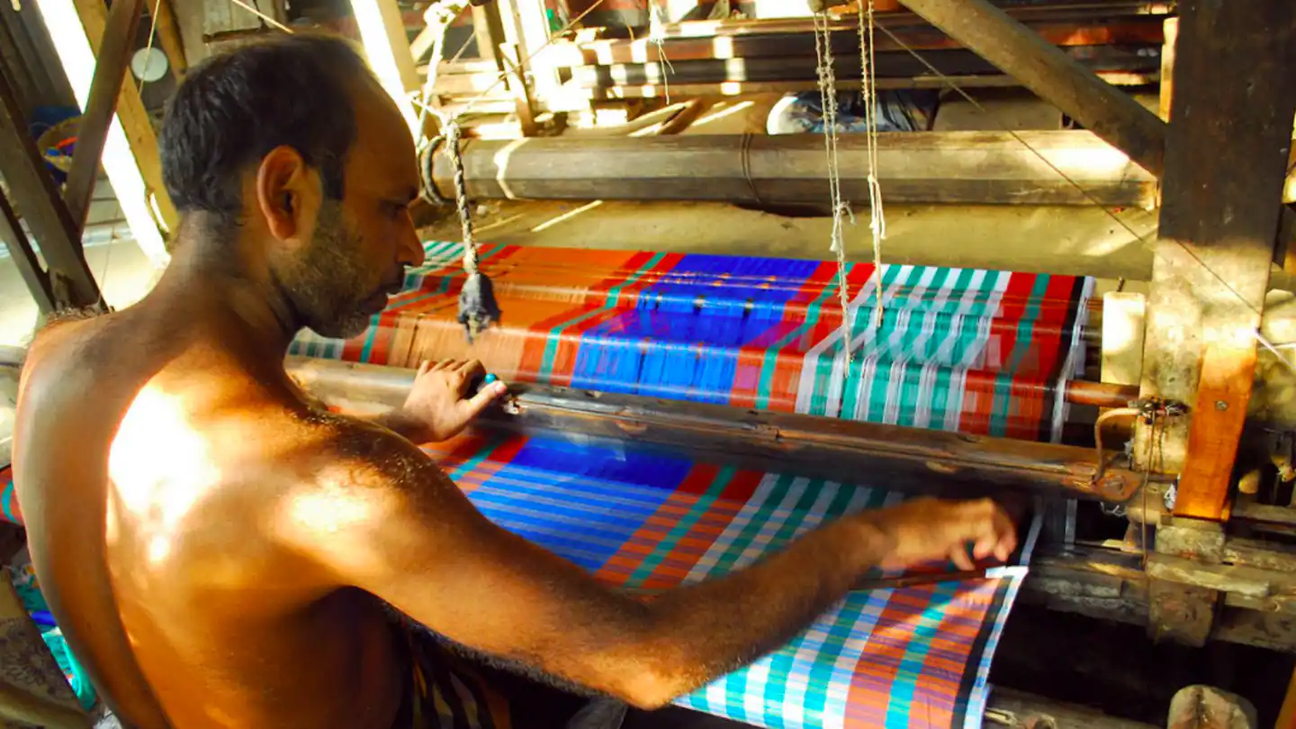
Many people often end up misjudging the type of fabric when they go out shopping for clothes.In particular, there is much confusion about the difference between khadi and handloom.In fact, the two terms are often used interchangeably.To help you out, here we explain the major difference between khadi and handloom, and how you can tell them apart.
HERE'S THE BASIC DIFFERENCE BETWEEN KHADI AND HANDLOOM
In the simplest of terms, khadi is the cloth woven on a handloom using a hand-spun yarn. On the other hand, handloom means cloth woven on a handloom using mill-spun yarn. Generally, khadi cloth is much more porous, giving it a soft and well-ventilated feel.
Method 1
Feel the ends of the cloth you're buying
One way to differentiate between khadi and handloom fabric is to feel the cloth you're buying.Usually, the ends of a Khadi cloth are soft and loose, as compared to its handloom counterpart.Take a part of the cloth and twist it in the direction of the yarn. If the threads tighten, the cloth is khadi; if it comes loose, it is handloom/mill-spun.
Method 2
Check the cloth against a source of light
In case you have both the fabrics at your disposal, try this:Take both fabrics and look through them against a source of light.If you spot a slight difference in density and considerable transparency in the surface, it is most likely khadi.But if the density isn't uniform and the cloth is not very transparent either, it means that the cloth is handloom.
Do you know?
Look for KVIC logo, other information
Notably, authentic khadi will have the KVIC (Khadi and Village Industries Commission) logo. It will also have batch numbers and information that indicates that it is khadi. Check for these indicators when you go out shopping the next time.
